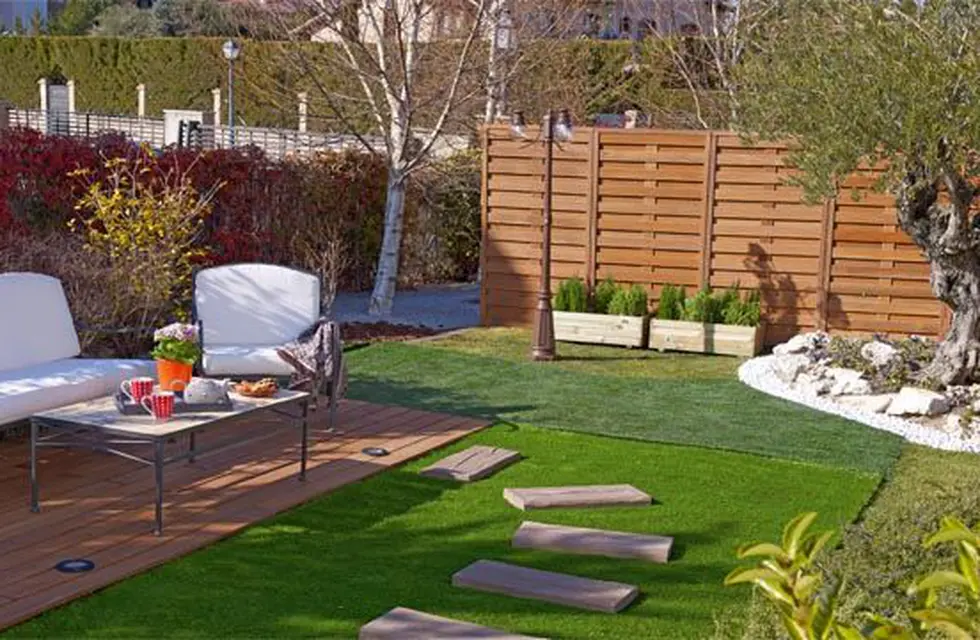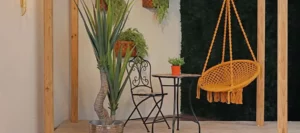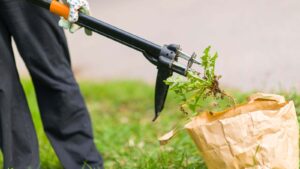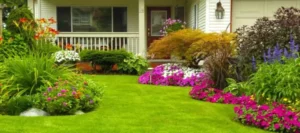How to Get Out Easy: Establish a Plan to Organize Your Garden

Organizing a garden can seem like a daunting task, but with a good plan and approach, you can transform your outdoor space into a well-organized and welcoming oasis. A well-planned garden is not only more aesthetic, but also makes it easier to maintain and enjoy the space. In this article, we will guide you step by step to establish an effective plan to organize your garden in an easy and hassle-free way.
Step 1: Evaluate your Space
Before you start organizing your garden, take some time to evaluate the space. Look at the layout of existing plants, shrubs, and trees, identify the sunniest and shady areas, and determine the strengths and weaknesses of your current landscape. Make a list of what you want to keep and what you want to change or improve.
Step 2: Set your Goals
Clearly define your goals for the garden. Looking to create a space for outdoor entertaining? Do you want to grow a flower or vegetable garden? Do you need a children’s play area? Setting your goals will help you focus your efforts and make informed decisions in the organizing process.
Step 3: Design your Garden
Layout is a crucial step in organizing your garden effectively. Grab a pencil and paper and draw a basic floor plan of your garden, including the areas you want to create, paths, planting areas, and any special features you want to incorporate, like a water feature or garden bench. Consider the placement of the existing plants and how they fit into your new design.
Step 4: Create Functional Zones
Divide your garden into functional zones, such as a rest area, a planting area, a play area, etc. Each zone must have a specific function and be designed in a coherent way with the garden as a whole. Create smooth transitions between different areas to achieve a sense of harmony throughout the space.
Step 5: Select Suitable Plants
Choose plants that are well suited to your climate and growing conditions. Consider factors like the amount of sunlight, the type of soil, and the level of maintenance you’re willing to provide. Opt for hardy, native plants that require less water and care, which will save you time and effort on maintenance.
Step 6: Organize Your Tools and Equipment
Keep your garden tools and equipment organized and accessible. Create a storage area in your garden, whether in a shed, closet or on shelves. Use hooks and organizers to hang your tools and keep everything in its place. Keep your tools clean and well-maintained to prolong their useful life and make your gardening tasks easier.
Step 7: Regular Maintenance
Once you’ve got your garden organized, set up a regular maintenance schedule to keep it looking good all year long. Develop a schedule for pruning, fertilizing, watering, and cleaning tasks. By keeping to a maintenance schedule, you’ll keep your yard from getting disorganized and ensure it always looks its best.
Conclusion:
Organizing your garden does not have to be a complicated task. By establishing a clear plan and following these seven steps, you can create a well-organized and functional garden that suits your needs and desires. Evaluate your space, set your goals, design your garden, create functional zones, select suitable plants, and organize your tools and equipment. Maintain a regular maintenance schedule to keep your yard looking its best all year long. With an organized and caring approach, you will enjoy a beautiful and welcoming garden that will bring you joy and satisfaction every time you spend time in it. So get to work and transform your garden into a harmonious and charming space to enjoy with friends and family!







